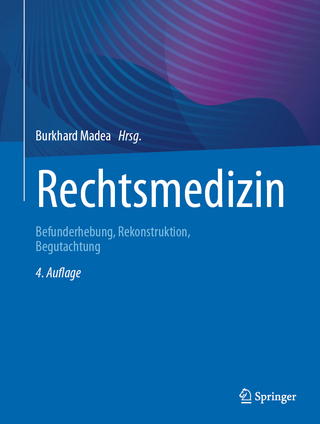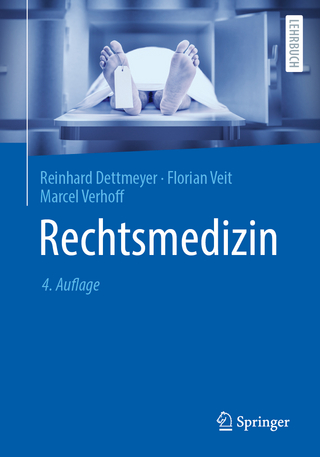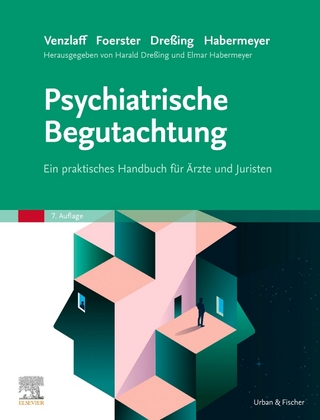
Forensic Anthropology and Medicine
Humana Press Inc. (Verlag)
978-1-58829-824-9 (ISBN)
Two Sciences, One Objective.- to Forensic Anthropology.- to Forensic Medicine and Pathology.- Forensic Anthropology and Forensic Pathology.- Aging Living Young Individuals.- Biological vs Legal Age of Living Individuals.- Pathophysiology of Death and Forensic Investigation: From Recovery to Cause of Death.- Decay Process of a Cadaver.- Understanding the Circumstances of Decomposition When the Body Is Skeletonized.- Forensic Investigation of Corpses in Various States of Decomposition.- Identification and Differential Diagnosis of Traumatic Lesions of the Skeleton.- Biological Identity.- Methodology and Reliability of Sex Determination From the Skeleton.- Age Assessment of Child Skeletal Remains in Forensic Contexts.- Determination of Adult Age at Death in the Forensic Context.- Is It Possible to Escape Racial Typology in Forensic Identification?.- Estimation and Evidence in Forensic Anthropology.- Pathology as a Factor of Personal Identity in Forensic Anthropology.- Personal Identification of Cadavers and Human Remains.- Particular Contexts: Crimes Against Humanity and Mass Disasters.- Forensic Investigations Into the Missing.- Crimes Against Humanity.- Mass Disasters.
| Erscheint lt. Verlag | 1.6.2006 |
|---|---|
| Zusatzinfo | 197 Illustrations, black and white; 480 p. 197 illus. |
| Verlagsort | Totowa, NJ |
| Sprache | englisch |
| Maße | 152 x 229 mm |
| Themenwelt | Medizin / Pharmazie ► Medizinische Fachgebiete |
| Studium ► 2. Studienabschnitt (Klinik) ► Rechtsmedizin | |
| Recht / Steuern ► Strafrecht ► Kriminologie | |
| ISBN-10 | 1-58829-824-8 / 1588298248 |
| ISBN-13 | 978-1-58829-824-9 / 9781588298249 |
| Zustand | Neuware |
| Haben Sie eine Frage zum Produkt? |
aus dem Bereich


